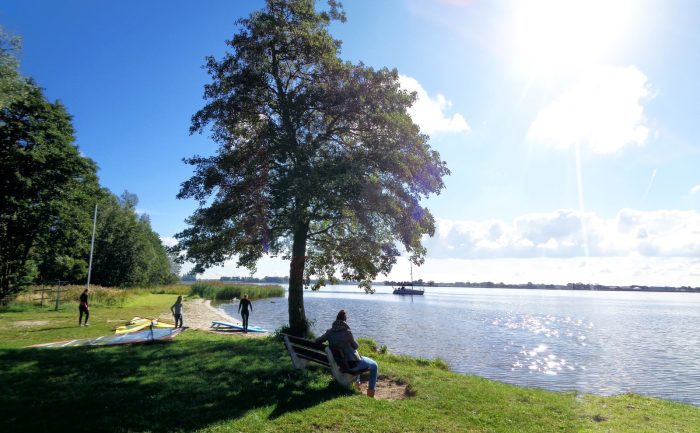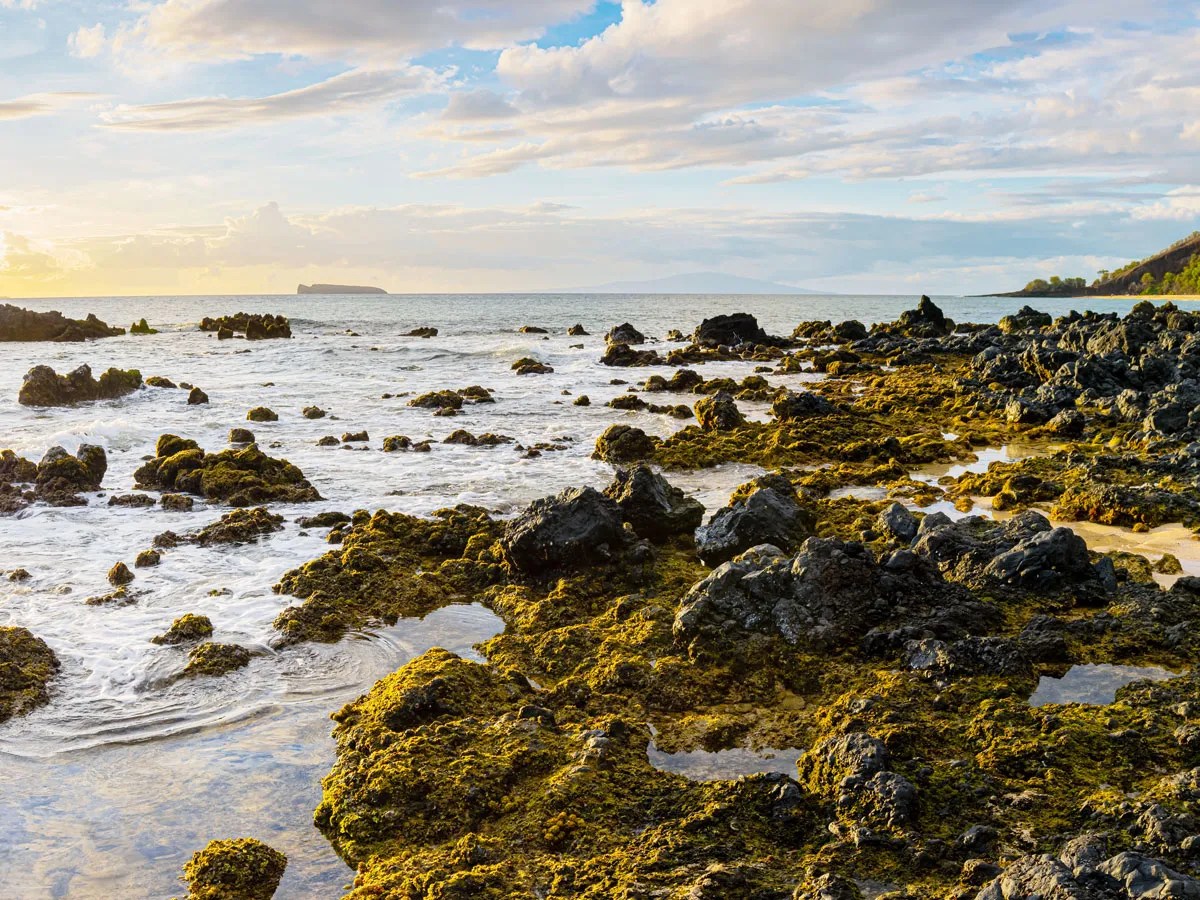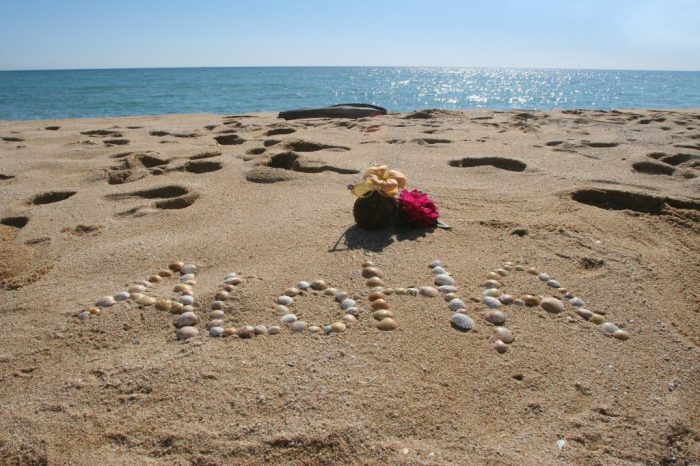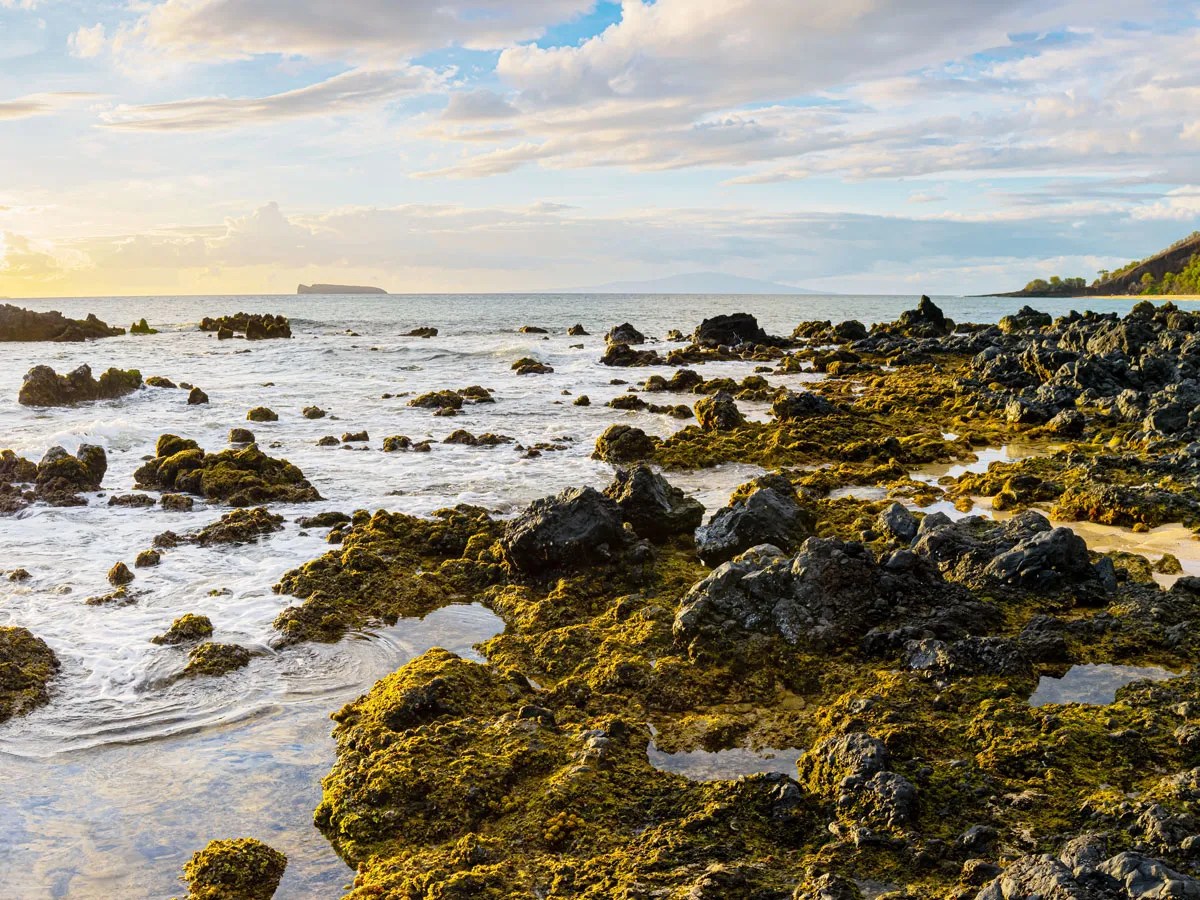A list frequently asked questions is a powerful tool for any website. It acts as a central hub for addressing user queries, fostering clarity, and ultimately, boosting user satisfaction. This guide delves into crafting comprehensive and user-friendly FAQs, covering everything from structuring effective questions to designing visually appealing layouts.
We’ll explore the fundamentals of creating FAQs, covering various question types, answer strategies, and layout options. From simple question-and-answer pairs to sophisticated, multi-column layouts, we’ll show you how to create FAQs that answer users’ questions efficiently and effectively.
Understanding FAQs
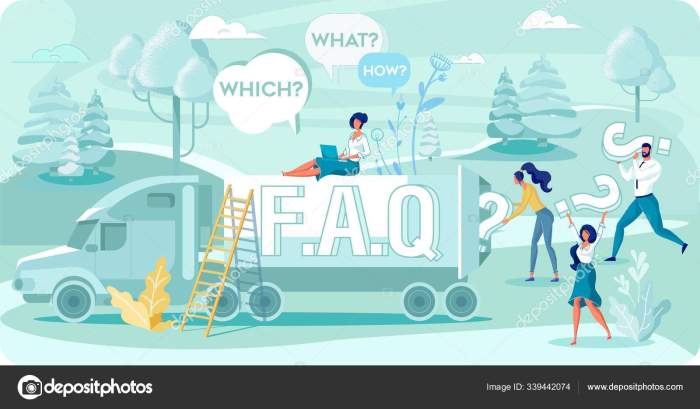
Frequently Asked Questions (FAQs) are a cornerstone of effective communication, particularly in online environments and customer service. They provide a readily available resource for users seeking answers to common queries, thereby reducing support inquiries and improving overall user experience. A well-structured FAQ section streamlines information access, enhancing user satisfaction and efficiency.FAQs act as a central repository of answers to frequently asked questions, offering users a self-service solution.
This reduces the workload on support staff, allowing them to focus on more complex issues. It empowers users by providing immediate access to information, encouraging proactive problem-solving.
Purpose and Function of FAQs
FAQs serve a crucial function in guiding users and resolving their concerns proactively. They offer a readily accessible and organized collection of answers to common inquiries. This organized structure allows users to quickly find solutions without needing to contact support, saving both time and resources. By anticipating and addressing user questions, FAQs promote a more streamlined and user-friendly experience.
Formats for Organizing FAQs
Several formats facilitate efficient FAQ organization. A simple question-and-answer format, while straightforward, can become cumbersome for complex topics. Categorized lists are a powerful tool, allowing users to easily navigate to the relevant section. For example, a travel website might have categories such as “Booking,” “Accommodation,” “Transportation,” and “Visa Requirements.”A tabular format can effectively present concise answers to multiple questions in a visually appealing and easy-to-scan manner.
Using a table format allows for quick comparisons and easier comprehension of information.
Benefits of Using FAQs for Different Audiences and Contexts
FAQs are valuable for various audiences and contexts. For customers, FAQs provide self-service options, reducing wait times and promoting a positive experience. For businesses, FAQs decrease support tickets, lowering operational costs and allowing support teams to focus on more complex issues. Educational institutions can leverage FAQs to clarify course policies, answer student concerns, and provide essential information.
Designing a Basic FAQ List Template, A list frequently asked questions
A well-structured FAQ list template is essential for readability and usability. A clear and concise format ensures that information is easily digestible. A template should include:
- Question: A clear and concise question, phrased in a user-friendly way. This should be worded to match how users might ask the question.
- Answer: A comprehensive and accurate answer to the question. Use simple language and avoid technical jargon. Maintain a consistent tone and style throughout.
- Category/Tag: Assign relevant categories to help users find answers quickly. Categories can be based on product, service, or topic.
Importance of Clarity and Conciseness
Clarity and conciseness are paramount in FAQ responses. Vague or lengthy answers can confuse users and defeat the purpose of the FAQ. Use simple language, avoid jargon, and provide specific examples whenever possible. Keep the answers focused and to the point.
Potential Pitfalls to Avoid When Writing FAQs
Avoid common pitfalls to ensure the effectiveness of your FAQs. These include:
- Ambiguous Questions: Questions that are too broad or unclear can lead to confusing answers and frustrated users.
- Inconsistent Tone: Varying tones and styles across different responses can create a disjointed experience for the user.
- Outdated Information: Ensure that the information in your FAQs is current and accurate.
- Missing Key Information: Avoid omitting crucial details that users need to know.
- Unclear Instructions: If the FAQ involves instructions or troubleshooting steps, provide detailed, unambiguous steps to ensure that users understand the process.
Crafting Effective Questions: A List Frequently Asked Questions
Crafting effective FAQs is crucial for providing helpful information and improving user experience. A well-structured FAQ allows users to quickly find answers to their questions, reducing support tickets and boosting overall satisfaction. Clear, concise, and well-categorized questions are key to a successful FAQ.Effective questions guide users toward solutions and provide context. They should be phrased in a way that anticipates common user queries and encourages a deeper understanding of the topic.
This approach streamlines the user journey and avoids frustration from ambiguous or poorly worded queries.
Different Question Types
Understanding the various types of questions that appear in FAQs is vital for creating effective answers. This knowledge allows you to tailor your responses to address the specific needs of your audience. Common types include procedural questions (how-to), definitional questions (what-is), and troubleshooting questions (why isn’t it working?).
Examples of Well-Written Questions
Here are some examples of well-written questions for a hypothetical FAQ list about “ProjectZenith,” a new software program:
- How do I import data from a CSV file into ProjectZenith?
- What is the difference between a project and a task in ProjectZenith?
- Why is my ProjectZenith report showing incorrect data?
- How do I change the default theme in ProjectZenith?
These questions are clear, concise, and directly address common user needs. They use specific terminology and avoid ambiguity.
Strategies for Phrasing Questions
Crafting questions that are easily understood by a wide audience is essential. Here are some strategies:
- Use simple, everyday language, avoiding technical jargon whenever possible.
- Be specific and precise in your wording. Avoid vague or ambiguous terms.
- Use active voice to make the question more direct and engaging.
- Consider the perspective of a new user. Anticipate the questions they might ask.
Examples of Poorly Phrased Questions
Here are some examples of poorly phrased questions and why they are problematic:
| Poorly Phrased Question | Why it’s Problematic |
|---|---|
| “Can you explain the software?” | Too broad and general. It doesn’t specify what aspect of the software the user wants to understand. |
| “I’m having a problem. Help!” | Vague and lacks context. It doesn’t describe the specific issue or the steps taken to troubleshoot. |
| “What’s the deal with this weird error message?” | Informal and imprecise. It doesn’t provide enough detail about the error message or the steps that led to it. |
Tips for Making Questions Searchable
Creating questions that are easy to find is vital for user satisfaction. These tips can help:
- Use s relevant to the topic in the question.
- Keep questions concise and focused.
- Avoid using overly complex sentence structures.
- Use clear and descriptive language.
Structuring Questions for Deeper Engagement
Crafting questions that encourage deeper engagement with the topic requires a thoughtful approach. Consider the following:
- Pose questions that require more than a simple yes/no answer.
- Encourage users to think critically about the topic.
- Present questions that can be answered in a comprehensive manner.
- Guide users towards a better understanding of the software by asking specific questions.
Formulating Comprehensive Answers
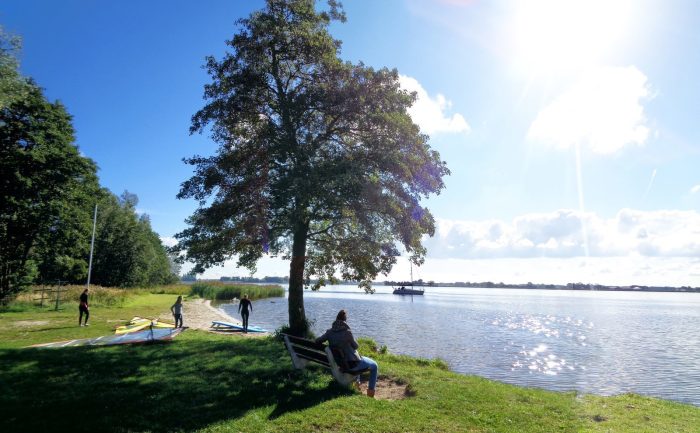
Crafting effective FAQ answers goes beyond simply addressing the question. It involves understanding the user’s perspective, anticipating potential follow-up questions, and providing a complete and clear explanation. This process requires careful consideration of the information’s structure and presentation to ensure maximum comprehension. A well-structured FAQ can significantly improve user satisfaction and reduce support requests.Thorough answers not only address the immediate query but also provide context, examples, and potential solutions.
This comprehensive approach ensures users feel well-informed and empowered to resolve their issues independently. By focusing on clarity and completeness, you’re building trust and enhancing the user experience.
Examples of Comprehensive Answers
Comprehensive answers delve into the nuances of the question, providing detailed explanations and supporting information. Consider a question about troubleshooting a software error. A simple “check the logs” isn’t comprehensive; a good answer would detail how to access and interpret the log files, providing specific examples of common error messages and their corresponding solutions.
Organizing Information Within Answers
Effective organization is key to clear communication. Using headings, subheadings, and bullet points makes the information scannable and easier to digest. For complex issues, a step-by-step procedure or a flowchart can greatly enhance understanding. Consider a question about setting up a new account. A numbered list outlining each step, with screen captures demonstrating each action, can significantly improve comprehension.
Concise Yet Informative Answers
Conciseness doesn’t mean sacrificing clarity. For simple questions, a direct and straightforward answer is sufficient. For example, a question about a product’s warranty period can be answered with a precise statement like “Our products come with a one-year warranty.” More complex questions might require a slightly longer answer, but even then, brevity and directness should be prioritized.
For a question about return policy, a concise answer could include the steps for initiating a return, along with a mention of the time frame.
Checklist for Accuracy and Completeness
Ensuring accuracy and completeness is critical. A checklist should include verification of facts, examination of potential ambiguities, and consideration of various scenarios. For example, when answering a question about a company’s refund policy, the checklist should ensure the policy covers all potential scenarios, including different payment methods and return conditions. This process helps avoid misleading or incomplete information.
- Fact Verification: Confirm the accuracy of all claims.
- Ambiguity Check: Identify and clarify any potential misunderstandings.
- Scenario Analysis: Consider all possible situations and edge cases.
- Clarity Review: Ensure the language used is clear and easily understandable.
Incorporating Visuals
Visual aids can significantly improve comprehension. For example, a question about a product’s design can be enhanced with a diagram illustrating its components and functionalities. Images, diagrams, and even screenshots can break down complex information and make it more relatable. A complex software setup process could be accompanied by screen recordings or images highlighting each step.
Different Styles of Writing
The style of writing should match the target audience and the overall tone of the FAQ. A formal style is suitable for technical documents or legal matters, while an informal style is often more appropriate for general audience FAQs. For example, a question about account activation could be answered in a more casual tone for a broader audience, whereas a query about legal requirements might benefit from a formal tone.
Organizing the FAQ List
A well-organized FAQ page is crucial for user satisfaction and efficient information retrieval. A clear and visually appealing layout significantly improves the user experience, allowing users to quickly find the answers they need. This section will cover various strategies for creating a structured and navigable FAQ list, essential for a positive user journey.Effective categorization is key to navigating a large FAQ list.
Instead of a single, overwhelming list, breaking down questions into logical groups allows users to target their search and locate the relevant information quickly. This method streamlines the user experience, making the FAQ section more approachable and useful.
Visual Layout Design
A visually appealing FAQ page should prioritize readability and user-friendliness. Employing a clean, uncluttered design with clear headings and a consistent font style across the entire page is vital. Use whitespace effectively to separate sections and subsections, enhancing the visual hierarchy and improving the overall aesthetic appeal. Consider using visually appealing icons or short, descriptive graphics to visually represent the categories, creating a more engaging experience for the user.
Effective Categorization Examples
Effective categorization is essential for navigating a large FAQ list. Examples of effective categorizations include:
- Product-Specific FAQs: This category would cover questions related to the features, functionalities, and usage of a particular product or service. Examples could be “How to set up a new account?” or “How to use the advanced features of the software?”.
- Account Management FAQs: This category would encompass questions concerning account creation, password resets, billing, and subscription management. Examples include “How do I change my password?” or “How can I update my payment information?”.
- Technical Support FAQs: This category focuses on technical issues like troubleshooting, system requirements, and common errors. Examples would be “How do I resolve a connection error?” or “What are the system requirements for the software?”.
- General FAQs: This category is a catch-all for frequently asked questions that don’t fit into the above categories. Examples include “What is your return policy?” or “What are your business hours?”.
FAQ List Structuring Options
Optimal navigation of a FAQ list is essential for user experience. Consider these options:
- Accordion Style: This method displays questions in a collapsed format, revealing answers only when the user clicks on the question. This is great for shorter answers and avoids overwhelming users with too much information at once.
- Side Navigation Bar: This method uses a sidebar with categories linked to the specific FAQ sections. This is ideal for large FAQ lists, providing a clear and quick way to locate the desired information.
- Table Format: This method uses tables to organize FAQs into multiple columns, which can be particularly useful for displaying multiple pieces of related information side-by-side.
Incorporating Internal Links
Internal links to related content within the FAQ list should be strategically placed. This allows users to explore related information within the FAQ section without leaving the page. Linking to relevant articles, product pages, or other resources can provide a more comprehensive and informative user experience.
Ever wondered about conquering Pen y Fan? I’ve compiled a list of frequently asked questions to help you plan your Welsh adventure, including everything from the best time to visit to essential gear. My detailed guide to Pen y Fan Wales ( guide to pen y fan wales ) covers all the bases for a safe and memorable climb.
This list of FAQs will help you make the most of your trip. Hopefully, these questions and answers will clear up any uncertainties you might have before you go.
Headers and Subheaders for Readability
Headers and subheaders should be used to structure the FAQ list and enhance readability. This creates a clear hierarchy and makes it easier for users to scan and locate the information they need. Use clear and concise language for headers to guide users to the specific answers they’re seeking.
HTML Table Structure
Employing HTML tables can effectively structure the FAQ list into multiple columns. This is particularly useful for organizing large lists of questions and answers, making them visually more manageable. This method improves readability by presenting information in an organized, tabular format.Example of a 2-column table:
Question Answer How do I create an account? Follow these steps to create an account: … What are the system requirements? …
Example of a 4-column table:
Category Question Short Answer Detailed Answer Account Management How do I reset my password? Visit the password reset page. Follow these steps to reset your password: …
Optimizing for User Experience
A well-designed FAQ page is more than just a collection of answers; it’s a crucial component of the user experience. Optimizing it ensures users can easily find the information they need, leading to increased satisfaction and reduced support inquiries. By catering to diverse needs and backgrounds, and by adopting user-centric design principles, you can transform your FAQ page into a valuable resource.
I’ve compiled a list of frequently asked questions, and one of the most popular queries right now is about Southwest Airlines’ fall fare sale. With the Southwest Airlines launches fall fare sale , it’s no surprise there’s been a flurry of questions about booking strategies and best deals. So, check out the full FAQ list for answers to all your travel planning needs.
Examples of FAQs Catering to Diverse User Needs
Different user groups have varying needs and levels of technical expertise. A well-structured FAQ should address these differences. For example, a FAQ for a software application might include questions for beginners on basic setup, intermediate users on advanced features, and experienced users on troubleshooting complex issues. A website for a retail store might include frequently asked questions about shipping, returns, and payment methods, catering to different customer profiles.
Methods to Improve User Experience for Accessing FAQs
Clarity and ease of navigation are paramount. Employing clear, concise language, and using headings and subheadings to logically organize questions and answers is crucial. Use visuals like icons, graphics, and even short videos to enhance understanding. Providing search functionality allows users to quickly locate specific information. Offering a table of contents or an index allows users to scan and quickly find what they need.
A user-friendly search bar, categorized FAQs, and a site map can improve user experience and navigation.
Best Practices for Optimizing the FAQ Page for Mobile Devices
Mobile-friendliness is critical in today’s world. The FAQ page should be responsive, adjusting its layout to fit different screen sizes. Use a clear and concise font size, and ensure buttons and links are easily clickable on touchscreens. Reduce the amount of text on each page, and break up long blocks of text with images or short video clips.
Ensure that all elements are easily accessible via touch.
I’ve compiled a list of frequently asked questions, and one of the most popular queries is about Avelo flights. Are you planning a trip from Charlotte to Nashville or Daytona Beach? Check out the details on Avelo’s routes and schedules for Avelo Charlotte Nashville Daytona Beach to get all the info you need. My FAQ list covers everything from baggage allowances to flight cancellations, so keep checking back for more helpful insights!
Elements to Include on the FAQ Page to Make it User-Friendly
To create a user-friendly FAQ page, include these elements:
- A clear and concise introduction explaining the purpose of the FAQ page.
- A comprehensive table of contents or index for easy navigation.
- Categorized FAQs to allow users to quickly locate relevant information.
- A powerful search function for specific s.
- Intuitive formatting, including headings, subheadings, bullet points, and short paragraphs, to enhance readability.
- Visual aids like images, icons, and short videos to improve understanding and engagement.
- Contact information for further assistance if users can’t find their answer.
A clear and concise introduction, combined with a well-organized structure, significantly enhances the user experience.
Strategies for Making the FAQ List Easily Searchable and Navigable
A user-friendly search feature is a must. Employing optimization, allowing users to filter FAQs by category, and offering a site map or table of contents greatly improve navigation. A well-designed FAQ should make finding information a simple task. The more intuitive the structure, the better the user experience.
Importance of Testing the FAQ Page with Various User Groups
Testing with diverse user groups is essential for evaluating the effectiveness of the FAQ page. Identifying areas where users struggle or get lost helps refine the page. Gather feedback from different user groups to improve the FAQ page and make it user-friendly. This iterative approach is crucial for improving the quality of the FAQ page and the user experience.
User testing, including usability testing and A/B testing, will provide valuable feedback on how the FAQ is perceived and used.
Visual Presentation
A visually appealing FAQ page significantly enhances user experience. Clear layouts, well-organized information, and appropriate formatting contribute to a positive user interaction, encouraging users to find the answers they need quickly and easily. Effective visual presentation reduces frustration and increases user satisfaction.Good visual presentation goes beyond just aesthetics; it also improves comprehension. Using clear headings, consistent formatting, and visually engaging elements makes the information more digestible and memorable.
This contributes to a more effective and user-friendly FAQ section.
Table Formats for FAQs
Well-structured tables enhance the readability of FAQs, especially when dealing with multiple pieces of information. Tables organize information in rows and columns, making it easy to compare and contrast different aspects of a topic.
Here are examples of FAQ layouts using HTML tables:
| Question | Answer |
|---|---|
| What are the system requirements? | The minimum system requirements are a 2.0 GHz processor, 4GB RAM, and 10GB of free hard drive space. |
| How do I install the software? | Download the installer from the website and follow the on-screen instructions. |
| Category | Question | Answer |
|---|---|---|
| Account Management | How do I reset my password? | Visit the password reset page on our website. |
| Payment | What payment methods are accepted? | We accept Visa, Mastercard, and American Express. |
| Category | Question 1 | Question 2 | Question 3 |
|---|---|---|---|
| Product Features | What is the warranty? | What is the return policy? | How can I contact support? |
| Shipping | How long does shipping take? | What are the shipping costs? | What are the shipping options? |
Formatting Options for Readability
Bullet points, numbered lists, and other formatting elements enhance the readability of answers. These techniques help break up large blocks of text, making the information easier to digest.
Using bullet points, numbered lists, and other formatting options enhances the readability of answers.
- Bullet points are ideal for listing multiple items or steps.
- Numbered lists are appropriate for sequential instructions or ordered steps.
- Bolding and italics can highlight important terms or phrases.
Using Blockquotes
Blockquotes effectively highlight important excerpts and citations within answers. They draw attention to specific statements or information without interrupting the flow of the main answer.
Incorporating blockquotes allows you to emphasize important information and citations.
“Our commitment to customer satisfaction is paramount. We strive to provide exceptional service at every stage.”
Headings and Subheadings for Navigation
Employing headings and subheadings improves readability and navigation. Clear hierarchical structures guide users through the FAQ content. This approach significantly enhances the user experience.
Use headings and subheadings for clear navigation and to break down complex topics into digestible parts.
Using Images and Diagrams
Images and diagrams effectively support answers, especially when dealing with complex topics. Visual aids clarify intricate procedures or concepts, leading to a better understanding for the user.
Incorporating images and diagrams clarifies complex topics and procedures.
For example, a diagram illustrating the software interface can help users understand a particular feature.
Color and Fonts for Visual Appeal
Choosing appropriate colors and fonts enhances the visual appeal of the FAQ page. Colors should be complementary and easy on the eyes, while fonts should be readable and consistent with the overall website design. A cohesive color scheme and font choice creates a professional and user-friendly environment.
Using appropriate colors and fonts contributes to a professional and user-friendly design.
Consider using a contrasting color scheme for headings and subheadings to improve visibility.
Last Point
In conclusion, a well-crafted FAQ is an essential component of any successful website. By understanding the intricacies of question phrasing, answer formulation, and visual presentation, you can create a resource that not only answers users’ questions but also enhances their overall experience. Remember, a user-friendly FAQ can be the key to improving your website’s engagement and ultimately driving more conversions.
